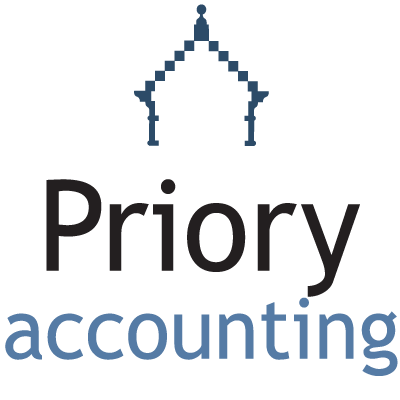October Update on Job Support Scheme and Self Employed Support Scheme
The Chancellor has announced the bones of the new scheme which will replace the Coronavirus Job Retention Scheme, or 'furlough scheme' which is due to end at the end of this month.
The Government has stated that it cannot save every job and the new scheme would seem to support this. The new scheme also has additional rules and regulations to follow, no doubt to try and deter the scammers of which there are numerous reported.
So, the new JSS seeks to enable short time working whilst ensuring that employees are still able to earn sufficient wages to survive and companies receive some help with their payroll costs. Do note here that the scheme is planned to run for 6 months. A clear indication of how the minimum time the government expect COVID-19 to be with us
The details so far….
The scheme has similarities to other support schemes used in Europe.
The Government contribution will be capped at £697.92 a month compared to the initial £2,500 plus associated Employers’ National Insurance and pension contribution under the Job Retention Scheme placing a greater responsibility on the employer to fund employment costs.
Under the JSS, government will share some of the burden of employment costs alongside the employer and employee.
The scheme is limited to jobs considered to be viable the measure of which is that the employee must work at least a third of their usual hours. It is easiest to see how the scheme works in examples.
Job Support Scheme examples
Example 1
- Employee works 40 per cent of their normal hours
- Employee receives 40 per cent of their usual salary from their employer for hours worked
- The cost of the remaining 60 per cent of their time not worked is shared equally being 20 per cent for the employer, 20 per cent by government and the employee forgoes 20 per cent.
- Therefore, the employee receives 80% of their normal pay and the cost is borne 60 per cent by the employer and 20 per cent by government.
Example 2
- Employee works 70 per cent of their normal hours
- Employee receives 70 per cent of their usual salary from their employer for hours worked
- The cost of the remaining 30 per cent of their time not worked is shared equally being 10 per cent for the employer, 10 per cent by government and the employee forgoes 10 per cent.
- Therefore, the employee receives 90 per cent of their normal pay and the cost is borne 80 per cent by the employer and 10 per cent by government.
As can be seen from the examples above the percentage cost to the employer far outweighs the percentage of productive hours provided by that employee to the business and a stark reality is that it costs more than 50 per cent more to employ several people working 40 per cent of the time compared to fewer people working full time.
The responsibility as to whose jobs are protected has been passed to the employer.
This onus is magnified by one of the conditions of the scheme which means employees cannot be made redundant or put on notice of redundancy during the period within which their employer is claiming the grant for that employee.
Therefore, employers face the dilemma now of assessing demand for the forthcoming months for their business and making decisions about the number of employees required now. Sadly, it does not appear the Job Support Scheme will avoid a swathe of redundancies over the coming months as employers seek to manage their cashflows to survive the winter months.
JSS grant payments will be made monthly in arrears commencing in December, reimbursing the employer for the government’s contribution. The grant will not cover Class 1 employer NICs or pension contributions, although these contributions will remain payable by the employer.
This means that the overall cost of employment for employers is higher than simply their contribution to employee salaries.
An unexpected silver lining to the scheme is that employers using the Job Support Scheme will also be able to claim the Job Retention Bonus if they meet the eligibility criteria.
This is a payment of £1,000 for every employee previously furloughed who remain employed continuously until 31 January 2021. These payments will be made to the employer in February 2021.
Self Employed
For those that are self-employed there was also an extension to the Self-Employed Income Support Scheme. As with the JSS the schemes eligibility criteria remained the same, but the amounts received reduced to 20 per cent of average monthly income.
The extended SEISS will run for the six months from 1 November through to 30 April with the grant payments made in two tranches each representing three months.
None of this is going to be enough and businesses, both employers and self-employed will now need to look at how to survive the coming months. That’s where we can help. Don’t panic, email us now and we will call you back to arrange a time to discuss options and strategies to help your business make the right choices.




